The dominant theory of evolution springs from Natural Selection, as formulated independently by Charles Darwin. From this theoretical framework, several ideas have been formulated by different scientists. For instance, competition has been the driver of several theories, such as the gene-centered view of evolution. Cooperation has inspired just as many theories, such as group selection. Some have gone ahead to develop other theories to explain sexual selection to establish some modicum of consistency with Natural Selection. However, how do all these theories conform when we consider the lifetime of the very first organism?
If competition is a strong force, the first organism has nothing to compete with. If cooperation is also another force, it has nothing to cooperate with. If sexual selection is to be considered, it has nobody to woo or impress. What then did the first organism resort to? This book aims to start a conversation about what the first organism might have looked like, and develop features that might clarify what we already understand, what we need to clarify and what we need to improve about evolution. Using what I consider the 4S’s: statistics, symbiosis, self-organization and size, we begin to unpack some similarities and differences that might be elusive but relevant with respect to the first organism. Through this disassembly and synthesis, the reader will get to learn about what I call the theory of Organismal Selection, or OS in short. How this theory would evolve from now is beyond my reach. We can only wait, discuss, analyze, experiment and see.





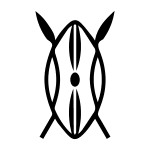



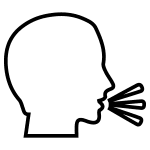

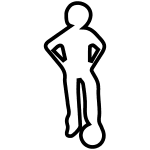



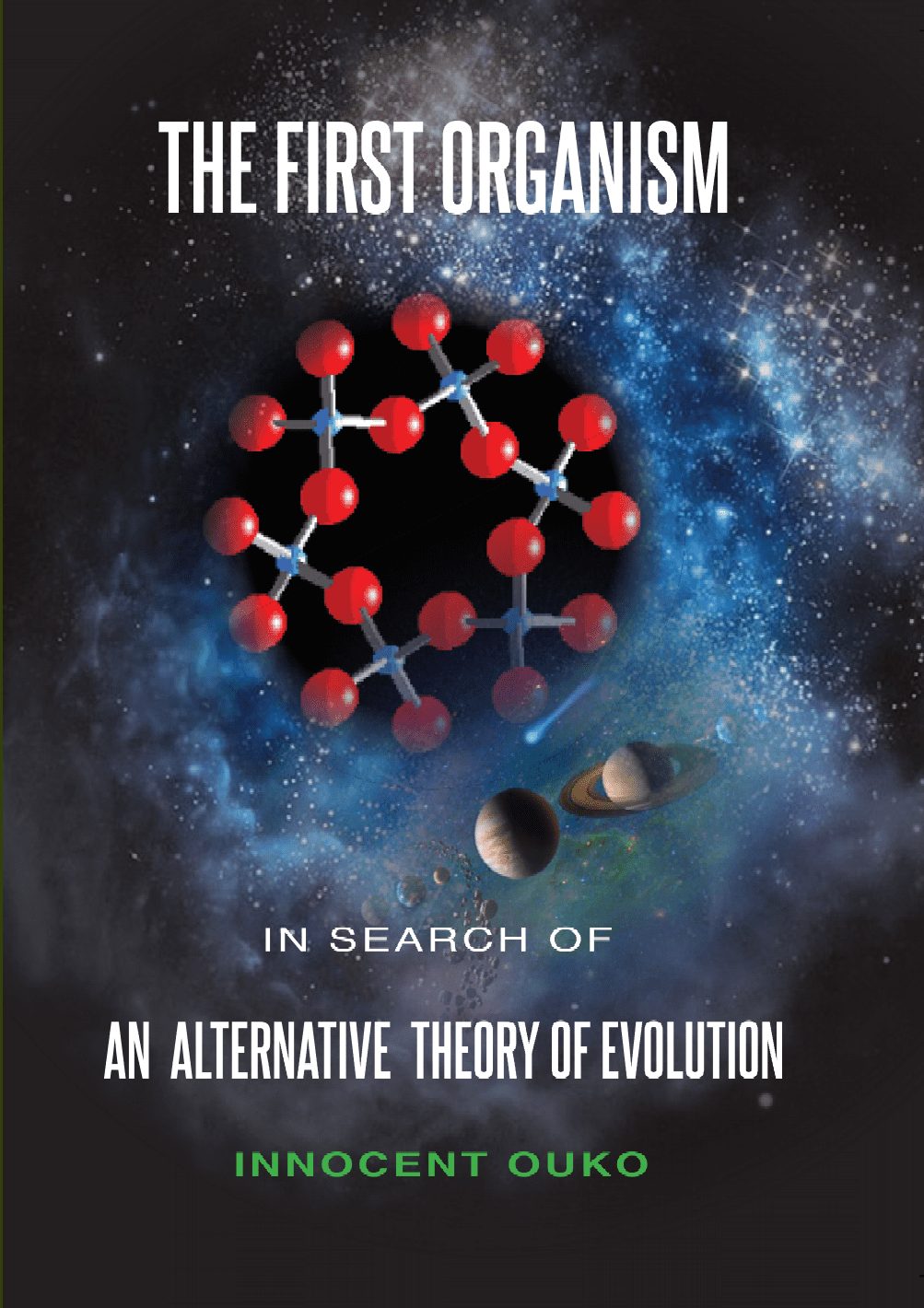
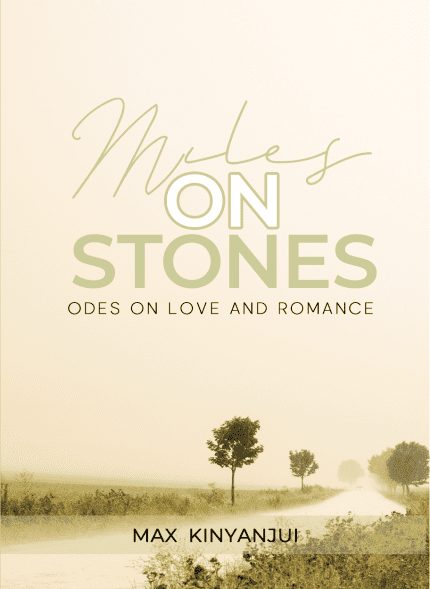
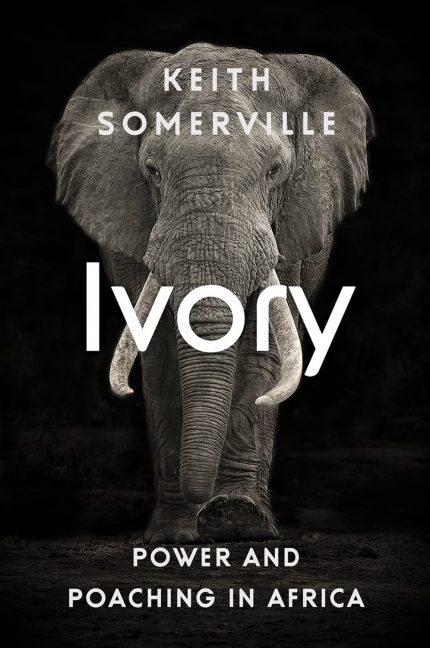
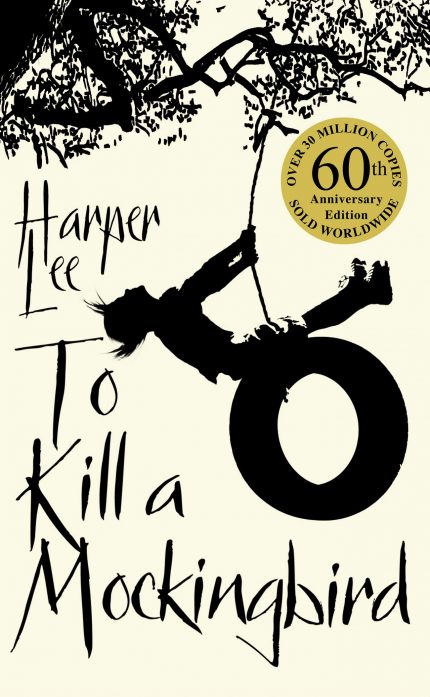


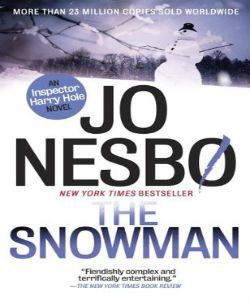
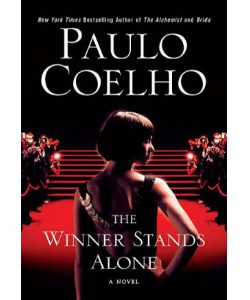
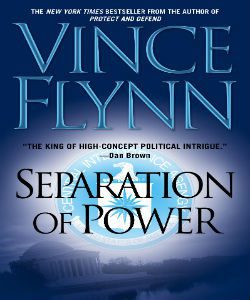
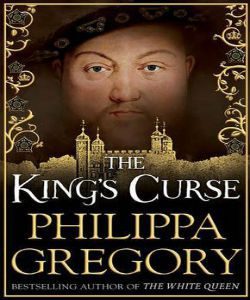
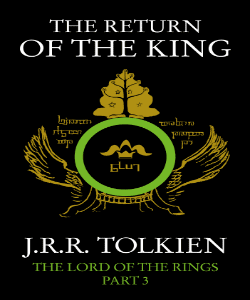
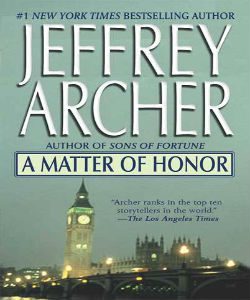
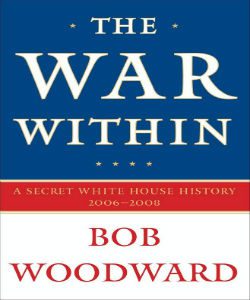
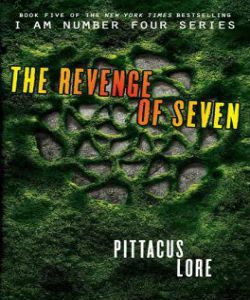
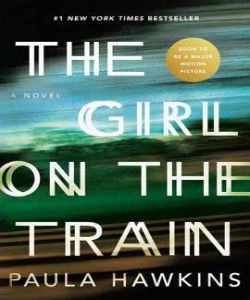
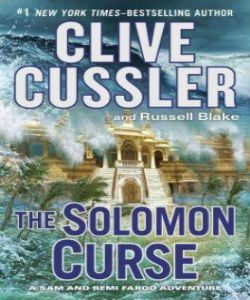
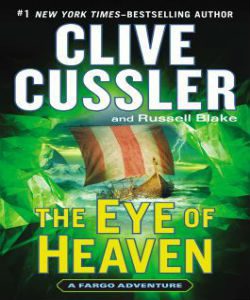

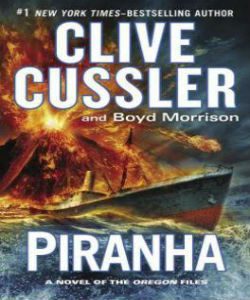

Reviews
Clear filtersThere are no reviews yet.